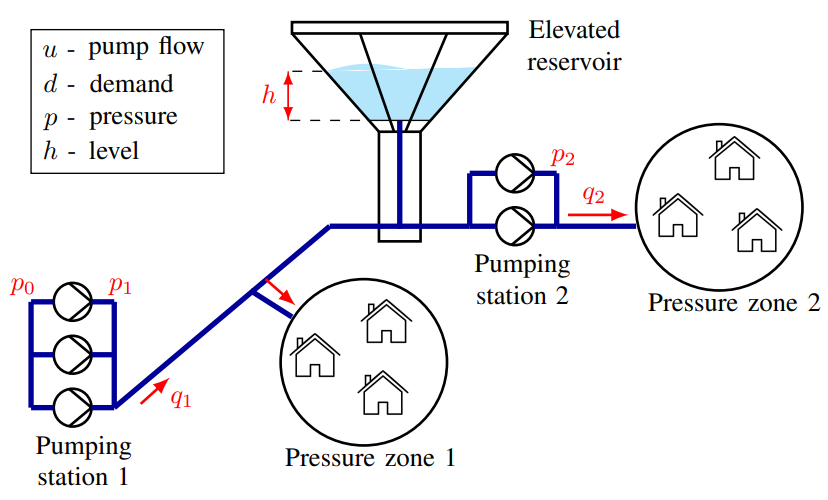The CRUCIAL Project
The CRUCIAL project addresses the challenge of ensuring stable and resilient utility infrastructures, focusing on developing next-generation monitoring and control software solutions. These solutions will be implemented in Ørsted's wind turbine operation and Grundfos' water management systems, prioritizing anomaly detection and data privacy. The project aims to provide secure-by-design software for uninterrupted operation of water and electricity infrastructures, with features like anomaly resilience and confidentiality of algorithms and data. By collaborating with world-class research institutions (AAU), cryptography specialists (Alexandra Institute), and leading technology companies (Grundfos and Ørsted), CRUCIAL seeks to cover the entire value chain and deliver robust solutions to mitigate production losses and enhance security in utility infrastructures.
Have a chat with
ÁLVARO MARTÍN GÓMEZ
about:
Anomaly detection in wind farms
We have designed a benchmark model-based detector for the electrical subsystem of wind turbines, and tested it in the presence of bias-injection attacks targeting control signals, sensor measurements and controller gains. Regarding the control loops associated with the mechanical subsystem, we are using physics-informed machine learning to discover missing dynamics in our models such that they can be used for cyber-attack detection. Lastly, we are investigating the effectiveness of Topological Data Analysis (TDA) for detecting excessive oscillations of tower and blades.
Recent publications:
A. M. Gómez, T. Haugaard, O. A. de Torres, Y. B. Bleile, T. Knudsen, and R. Wisniewski, “Topological Data Analysis Applied to Wind Turbine Vibration Spectra for Blade Icing Detection“, TechRxiv (submitted for IEEE Transactions on Automation Science and Engineering), April 2024, doi: 10.36227/techrxiv.171340655.57182875/v1
Have a chat with
BULUT KUSKONMAZ
about:
Anomaly detection in water networks
Cyber-attacks became a huge problem in critical infrastructures. A hacker may attack a water network to damage the system and cause a lack of water delivery to a certain neighborhood. This indicates a security problem of critical infrastructures. To address this issue, we are working on an anomaly detection problem to detect cyber-attacks against the control system of water distribution networks. One can use machine learning techniques to address such an anomaly detection problem. In this project, our focus is to use Topological Data Analysis (TDA), which is a field based on principles from algebraic topology. The main idea is to analyze the shape of the normal measurements of the system via TDA, so that we can compare them to the shape of the attacked measurements.
Have a chat with
KATRINE TJELL MØLGAARD
about:
Privacy preserving computation
Linear Programming (LP) and Quadratic Programming (QP) problems can be solved in a centralized way. However, this would not protect the privacy of the agents, leading to a privacy vulnerability. Distributed algorithms such as ADMM offer a fast solution to QP and LP problems and combined with Secure Multi-Party Computation (SMPC), the global consensus part of the algorithm can be performed in a privacy preserving manner. We are currently implementing SMPC in the Smart Water Lab.
Recent publications:
K. Tjell and R. Wisniewski, “Privacy in Distributed Computations based on Real Number Secret Sharing“, arXiv, July 2021, DOI: 10.48550/arXiv.2107.00911
Have a chat with
VISHAL SAWANT
about:
Anomaly detection in consensus networks
We investigated the impact of False Data Injection Attacks (FDIA) on consensus networks, deriving a closed-form expression for the worst case attack scenario and its impact. We are currently focusing on calculating the average energy required for executing FDIAs on Laplacian networks.
Recent publications:
V. Sawant and R. Wisniewski, “Evaluating Criticality of Nodes in Consensus Network under False Data Injection Attack“, IEEE Control Systems Letters, March 2023, doi: 10.1109/LCSYS.2023.3257265
Our partners
This project is funded by Innovation Fund Denmark












